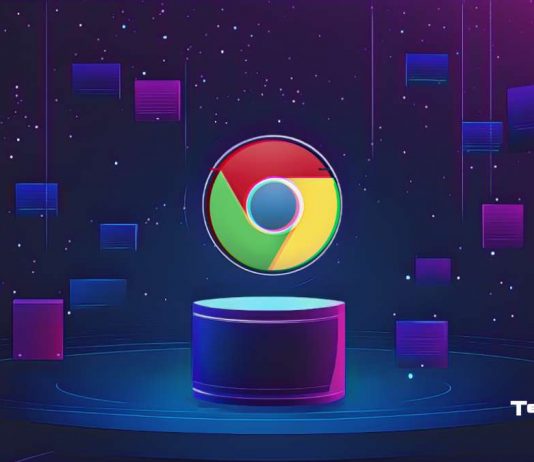As a webmaster, I know how important it is to manage cache properly. Cache plays a major role in improving page load speed, making the browsing experience smoother and faster for users. However, cache management isn’t always straightforward. When not configured correctly or if an error occurs, it can lead to slower loading times, prevent recent updates from showing, or even display outdated content, which can be frustrating for users and challenging to fix.
What is Browser Cache?
Let’s talk about browser cache — a feature that’s often behind the scenes but makes a big difference in how quickly we experience the web. When you visit a website for the first time, your browser does a bit of heavy lifting — it downloads everything it needs, like images, text, and code (HTML, CSS, JavaScript) to display the page. These pieces can be a bit bulky, so that first visit might feel slower.
To make future visits faster, your browser stores this data in a temporary cache on your device. That way, when you return to the site next time, instead of re-downloading everything from the internet, the browser quickly loads the saved version, making the page appear faster and saving data.
However, what happens when the page is updated with new content or features? Ideally, when a new version of the page becomes available, your browser will recognize this, remove the outdated copy, and download the latest version. Unfortunately, this process isn’t always flawless. Sometimes, the cache can become corrupted, or an error might prevent the update, causing the page to still display the old version.
Why Cache Issues Happen
Here are some common reasons cache issues occur:
- Site Updates Don’t Sync: If the website’s cache settings aren’t configured correctly.
- Corrupted Cache Files: Just like any stored data, cache files can become corrupted. This could be due to a browser glitch, an interrupted download, or even an error in how the website was built.
- Network or Connection Issues: Sometimes, unstable internet connections can interrupt the caching process, leading to errors in how files are saved.
- Browser Settings and Add-ons: Certain browser settings or installed add-ons can interfere with caching. For example, privacy settings that clear cache frequently or extensions that block scripts might prevent the browser from storing and refreshing cached content correctly.
- Device Storage Limitations: Cache is stored locally, so if your device’s storage is nearly full, your browser may struggle to save or refresh cached files.
Knowing how to refresh or clear your cache manually can help solve these problems, ensuring you’re always getting the most current version of the site.
How to Refresh Cache for a Specific Web Page
When cache issues strike, the typical go-to solution is to clear the entire browser cache. This forces the browser to download fresh versions of every site you visit, fixing most display issues. But here’s the catch — doing this also wipes the cache for other websites that may not have any problems, which means you’ll experience slower load times on those pages too.
Instead, it’s often better to clear the cache for just the page that’s causing trouble. Fortunately, most browsers offer a quick way to do this:
Refreshing the Cache on Desktop:
Simply hold down the SHIFT key (or CAPS LOCK on some keyboards) and click the refresh icon next to the browser’s address bar. The page will take a little longer to load as it re-downloads everything, but you’ll now see the latest content.
Keyboard Shortcuts for Popular Browsers:
- Windows (Chrome, Firefox, Edge): Press CTRL + F5. If that doesn’t work, try SHIFT + F5 or CTRL + SHIFT + R.
- macOS (Chrome and Firefox): Use SHIFT + COMMAND + R to refresh the cache for the active page.
On Mobile Devices:
Unfortunately, mobile browsers don’t currently support selective cache clearing for individual pages. On Android, you can go to Settings > Applications > [Your Browser] > Storage & Cache > Clear Cache to clear all cached data. But keep in mind, this will remove the cache for all websites, not just the one you’re having issues with.
While selective cache clearing on mobile would be a convenient feature, for now, it’s only possible on desktop browsers.

